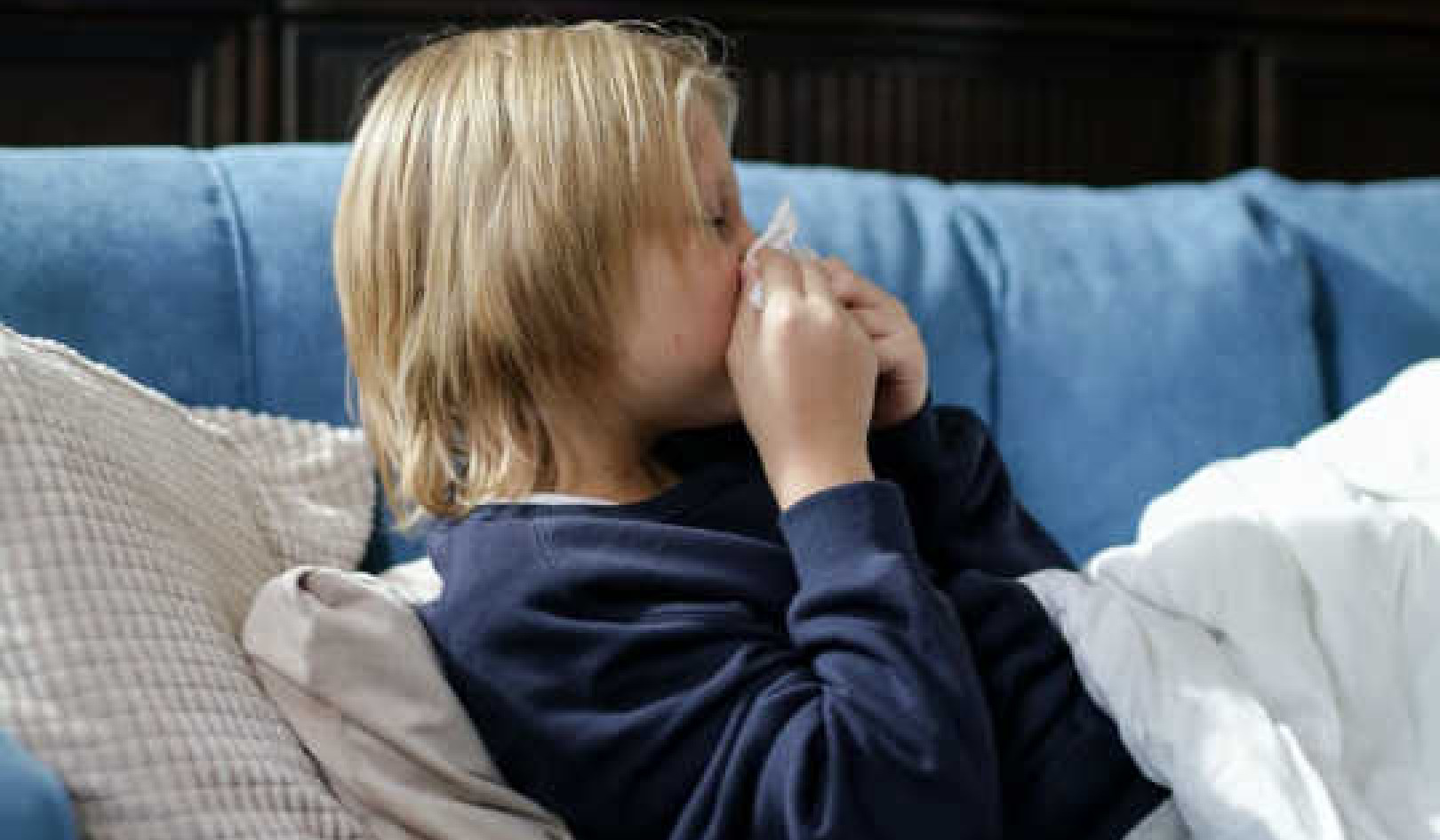
There are scores of carcinogens. Most aren’t as tasty. Ross Bruniges/flickr, CC BY-SA
Bad news for bacon lovers and barbecue afficionados. The World Health Organisation now deems bacon, sausage – and other processed meats – a serious cancer risk.
With more than 14m new cancer cases occurring around the world each year and more than 8m cancer deaths a year, carcinogens certainly merit serious attention. Asbestos, diesel exhaust fumes, radiation in various forms, nightshift work, tobacco and alcohol are all well-known causes of cancer, but there are lots more besides, including several you may never have heard of.
Many factors determine the number, type and impact of the carcinogens you may face. You’re sure to be exposed to several. Some people may be exposed to high levels of them, although the greatest public health threat may come from large numbers of people being exposed to low levels of a carcinogen rather than small numbers being exposed to high levels of them. Be aware, however, that even exceptionally low doses of some carcinogens can have a serious effect.
What’s your risk?
An individual’s exposure to widely-used carcinogens depends on a wide range of factors: where they live, for example, and for how long, their work, their life circumstances, even what their parents were exposed to in the past. Usually the most vulnerable, the poorest and those in the worst jobs face the greatest risks from “environmental” carcinogens.
The International Agency for Research on Cancer is the best global scientific source of information on what is and is not a carcinogen, but governments are not required to act on the information they produce.
It is important to remember that not everything is a carcinogen, but here are ten proven Class 1 global human carcinogens that may have passed under your radar.
Biological agents
Biological agents including opisthorchis viverrini , hepatitis B and C and various types of human papillomavirus are a major cause of cancer. Infectious diseases are estimated to cause well more than 20% of cancers in developing countries and 6% in developed ones. In France, it is estimated that 15% of the workforce, 2.6m workers, are exposed to biological agents.
Trichloroethylene
Trichloroethylene , an industrial solvent also used in consumer products and commercial degreasing, was once widely used as an anaesthetic and now may also appear in contaminated groundwater across the world. It causes kidney cancer and there are associations with Non-Hodgkin lymphoma and liver cancer.
Silica dust
Silica dust, crystalline, in the form of quartz or cristobalite, is widely-used in the construction foundry, tunnelling and stone-cutting work. It causes lung cancer. WHO and others have estimated that occupational lung carcinogens – such as silica – account for at least 10% of all lung cancer deaths worldwide. Up to 30% of all male and up to 20% of all female workers have been exposed at work to lung carcinogens.
Shale oils
Shale oils are mined and when processed may also present a range of risks as a fuel oil. Skin cancer in process workers was reported more than 100 years ago. Now shale oil extraction may involve exposure to a range of natural and man-made carcinogens.
Radon gas
Naturally-occurring radon gas causes lung cancer. It is estimated that residential radon could cause up to 14% of all lung cancers, the second highest cause of lung cancer. However, radon gas at dangerous levels may also be present in shops, offices and factories unless there is effective ventilation and sealing floors and walls.
Benzene
Benzene is used as a solvent in the chemical and pharmaceutical industry and occurs in petrol, vehicle exhaust fumes, glues and adhesive products. It causes leukaemia and at least 2% of leukaemia cases worldwide are attributable to occupational exposures. There are natural sources of benzene, too, from volcanoes, forest fires and as a natural part of crude oil, gasoline and cigarette smoke. The oil and gas industry may produce benzene during processing and it may pollute water supplies.
Aristolochic acid
Aristolochic acid is found in the Birthwort plant and was long used in Chinese herbal medicine as well as being cultivated as an ornamental plant. It is also produced as a research chemical and may possibly have contaminated wheat fields in China. It causes upper urinary tract cancers.
Chromium VI
Chromium (VI) occurs naturally but when processed as compounds it is used in textile dyes, paints, inks and plastics as well as for tanning and metal finishing. It can enter air, water and soil. It causes [lung, nasal and sinus cancers]( (http://www.atsdr.cdc.gov/csem/csem.asp?csem=10&po=7). Several million workers worldwide are estimated to be exposed to chromium compounds.
Beryllium
Beryllium occurs naturally and is mined for use in alloys, nuclear reactors and in micro-electronics. In the past, it was used in fluorescent lighting and radio valves – where occasional low level exposures could occur for those people repairing old equipment – as well as in dental prosthetics. Beryllium compounds are linked with lung cancers.
Sulphuric acid mists
Sulphuric acid mists are used in making fertilisers, in food manufacturing, batteries, copper smelting and pickling. In Europe alone, 700,000 workers are exposed to these mists which can cause cancer of the larynx – and there’s also evidence that they can cause lung cancer.
So eat, drink and be merry and then put pressure on government and industry to cut hazardous exposures of the public to as many human carcinogens as possible. They really can affect us all.![]()
About The Author
Andrew Watterson, Chair in Health Effectiveness, University of Stirling
This article is republished from The Conversation under a Creative Commons license. Read the original article.
Related Books
at InnerSelf Market and Amazon






















